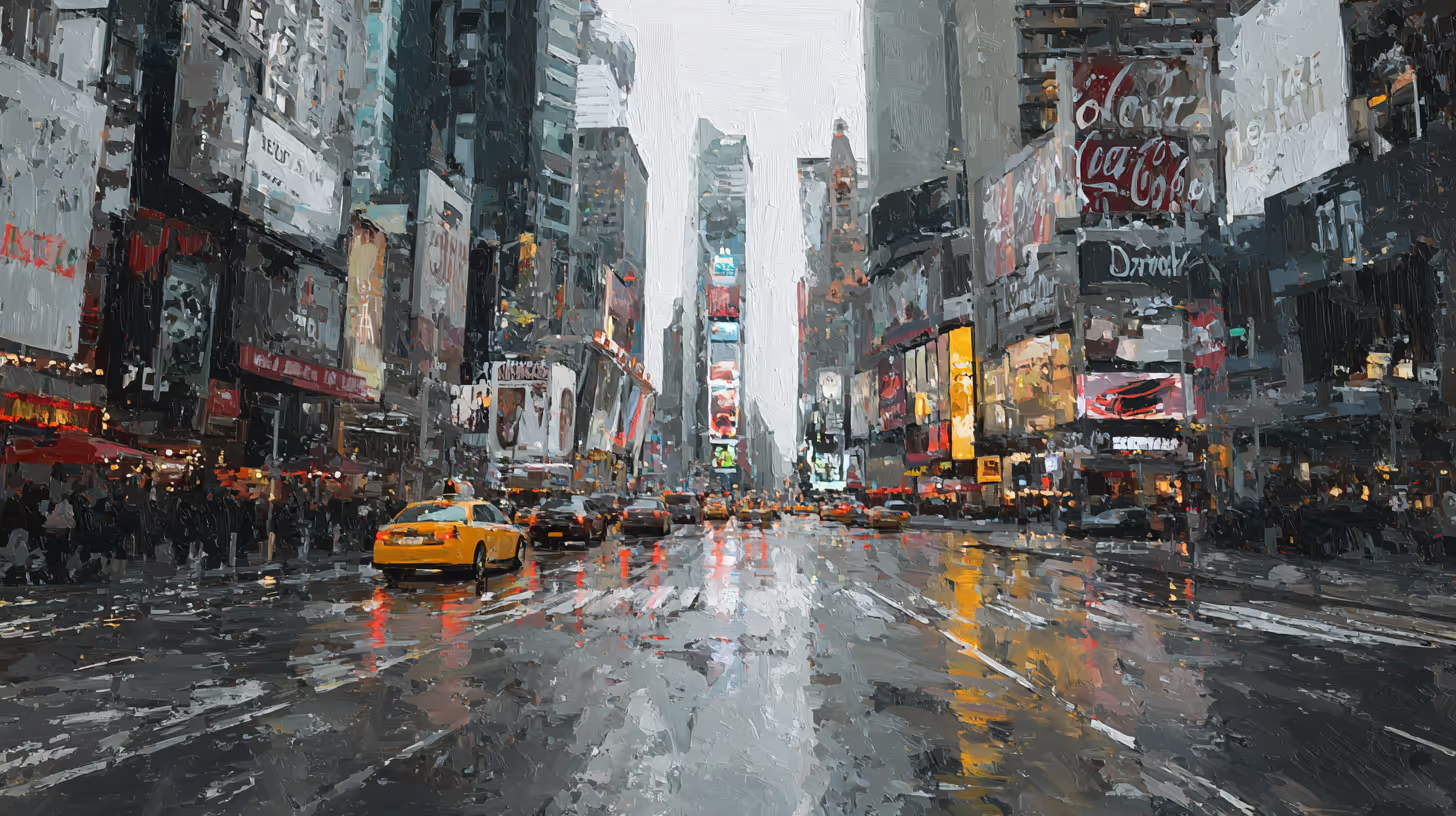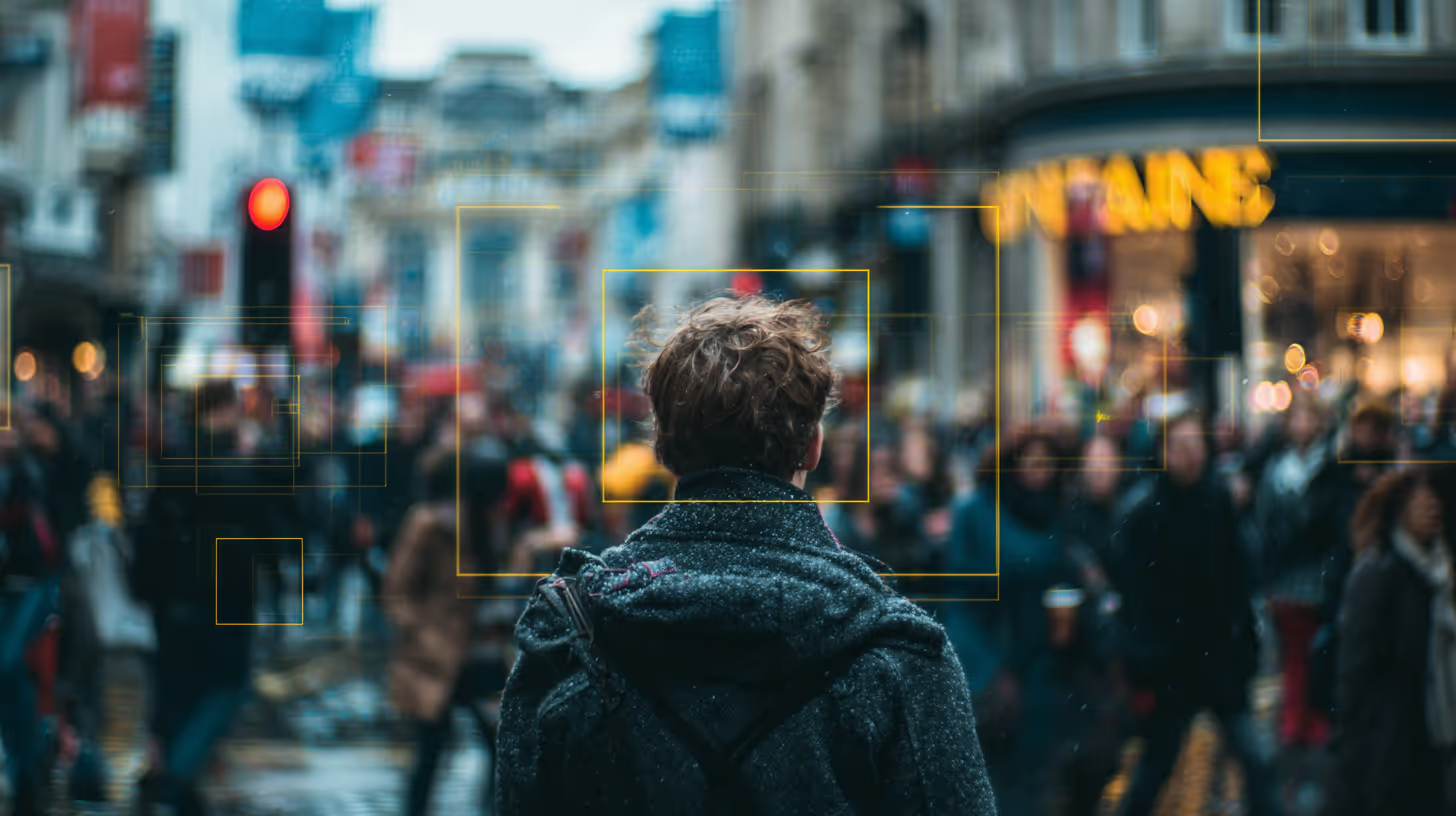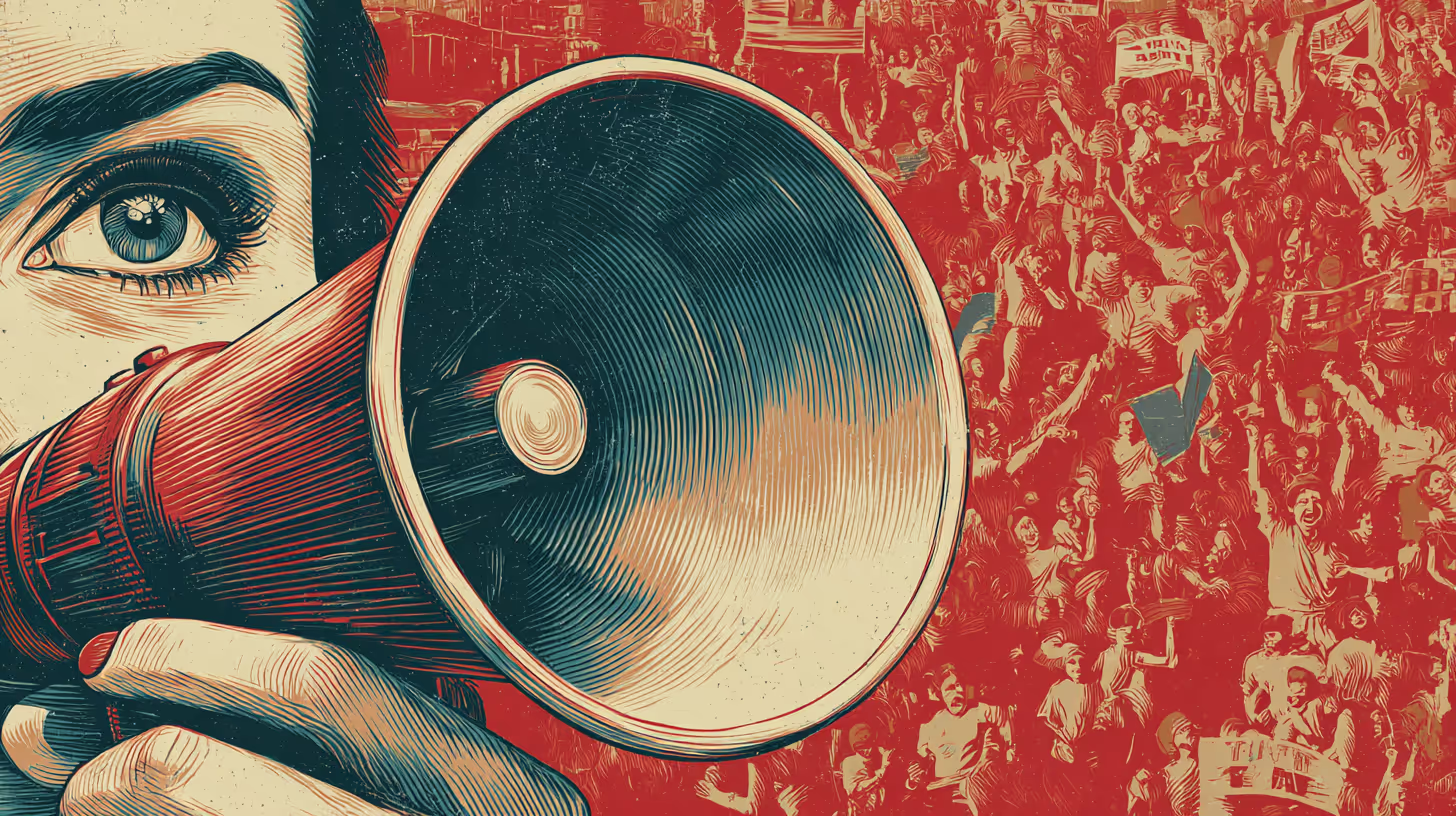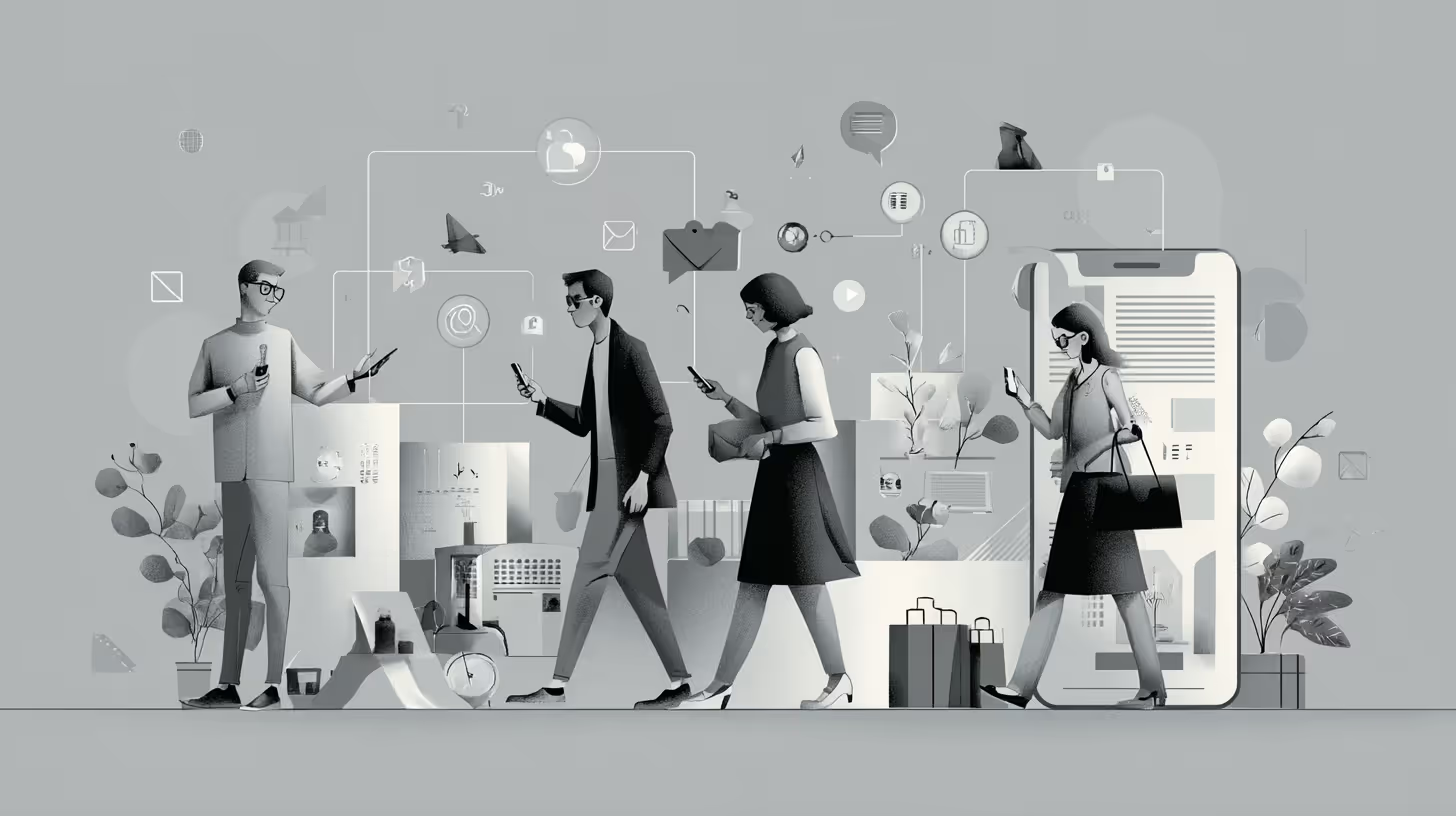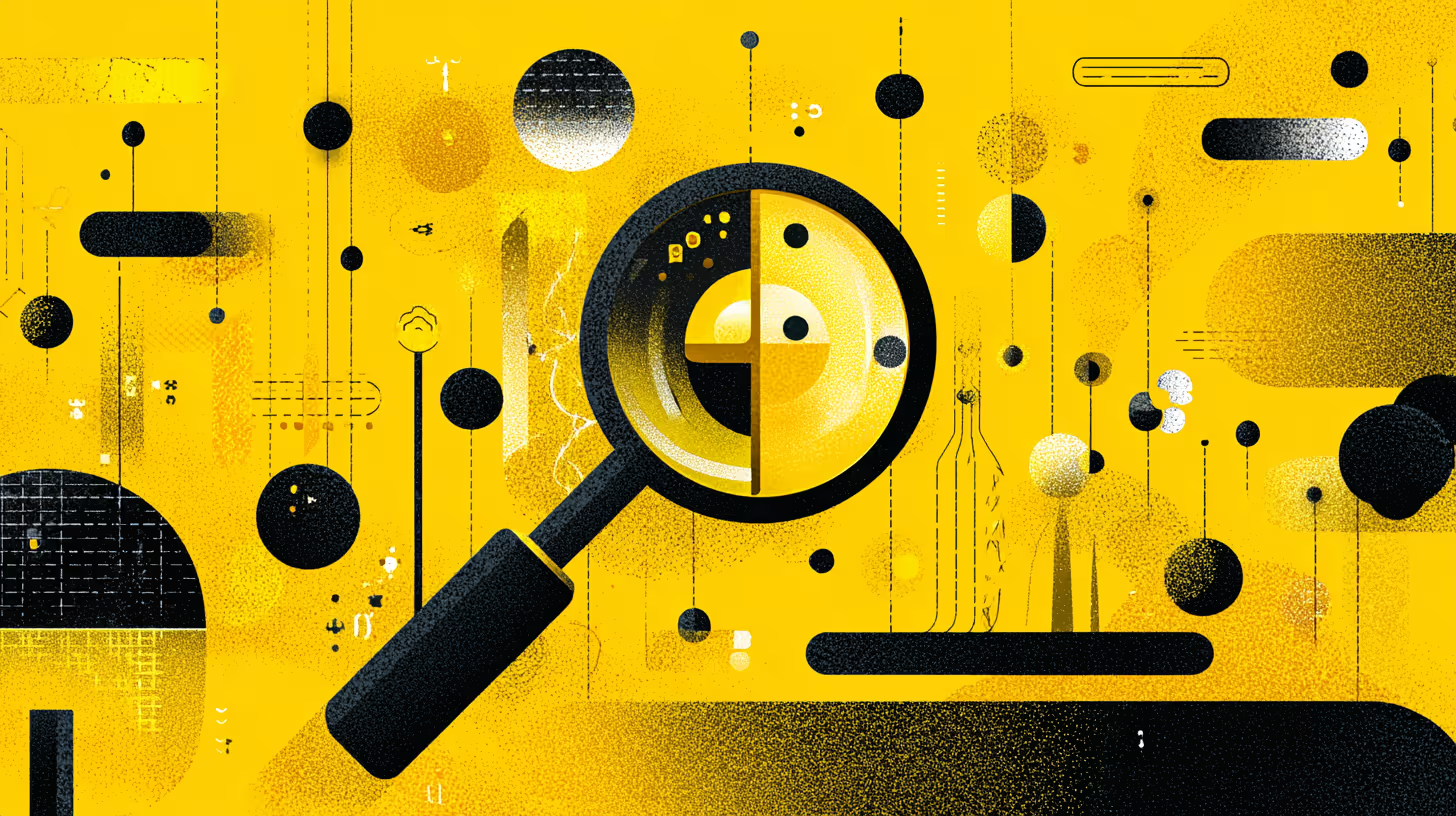It’s an old-school saying that a brand is not just a logo; it’s not just color palettes, typefaces, and guidelines. A brand is not just a product, a catchy slogan, or a perfectly curated Instagram feed. A brand is an experience—something people feel, live, and interact with on multiple levels and for multiple reasons. In the real world of “hyper-connectivity” (I hate that term as I wrote it), those experiences happen in both digital and physical spaces, blending seamlessly to define what a brand truly means to its audience.
Too often, businesses treat digital user experience (UX) and real-world customer experience as separate entities. They optimize websites and apps for usability while neglecting in-store or service touchpoints—or vice versa. The reality? These experiences don’t exist in isolation. They form the foundation of the brand itself.
A Brand Is More Than What It Sells
Consider some of the most iconic brands—Apple, Nike, Starbucks. Their logos are instantly recognizable, but that’s not why they dominate their industries. What sets them apart is the feeling people associate with them:
- Apple isn’t just about sleek gadgets; it’s about a seamless ecosystem and the gravitational pull of innovation.
- Nike isn’t just about shoes; it’s about personal achievement and the empowerment of movement. (and Jordan)
- Starbucks isn’t just about coffee; it’s about the ambiance, the ritual, and the “third place” experience.
What ties these brands together? The experience is cohesive across every touchpoint. The website feels like the store, the ads reflect the service, and the product delivers on the promise.

Digital and Physical: A Unified Brand Experience
Today, a customer might interact with a brand in a dozen different ways before making a purchase. They could see an ad on Instagram, read reviews online, browse a website, visit a store, and then get a follow-up email. Each of these moments contributes to their overall perception of the brand. If there’s inconsistency between these experiences, trust erodes.
Take Tesla as an example. Whether you’re designing a car online, visiting a showroom, or experiencing the futuristic simplicity of a Tesla interior, the brand experience is consistent. It’s not just about selling a car; it’s about selling the feeling that you may be becoming part of a future you can’t even see.
Why User Experience Is the Brand
For years, companies have focused on branding as a visual and messaging exercise—color palettes, typography, and catchy taglines. But those elements only get you so far. The way customers experience a brand—online and offline—is what defines it.
- If your website is confusing, your brand feels frustrating.
- If your store employees are rude, your brand feels unwelcoming.
- If your mobile app makes ordering effortless, your brand feels convenient.
- If your packaging delights customers when they open it, your brand feels thoughtful.
It’s not just about the product or the marketing—it’s about how people experience your brand at every touchpoint.

Case Study: Sears – A Brand That Lost the Experience
Few brands illustrate the consequences of failing to integrate digital and physical experiences better than Sears. Once a retail titan, Sears had everything—brand recognition, a vast store network, and even a strong legacy in mail-order shopping (which should have made it a natural leader in e-commerce). Yet, the brand’s failure to unify its in-store and online experience contributed significantly to its demise.
Where Sears Went Wrong:
- A Disjointed Digital Experience
- Lack of In-Store Experience Innovation
- Failure to Leverage Brand Equity
- No Clear Brand Identity or Experience
The Result? A Brand That Never Evolved
Sears didn’t just fail because of competition or market trends. It failed because it stopped being an experience that customers wanted. While other retailers adapted their digital and physical experiences to align with modern consumer behavior, Sears remained fragmented. Customers didn’t just stop shopping there because they found better prices elsewhere—they left because the Sears experience became frustrating, forgettable, and uninspiring.
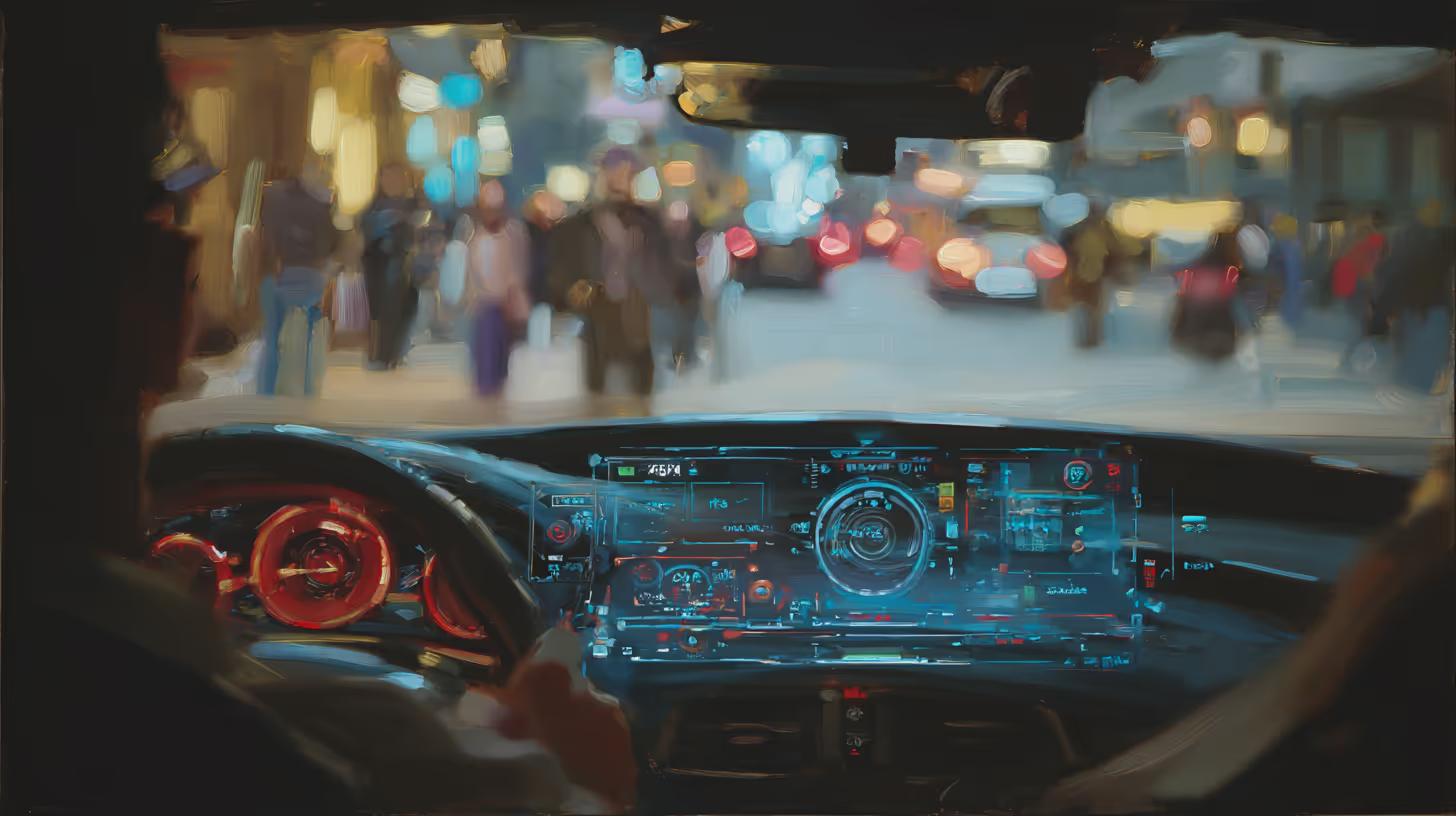
Building an Experience-Driven Brand
So, how can companies ensure their brand is defined by experience rather than just aesthetics?
- Map the Entire Customer Journey – Identify every point of interaction a customer has with your brand and ensure a seamless transition between them. Apply a targeted, user-centered strategy to each touch point to be sure the audience is getting what they need when they need it.
- Unify Digital and Physical Design – Your website, social media, packaging, and in-person experience should feel like different chapters of the same book.
- Invest in Usability – Whether online or in-store, friction frustrates customers. The easier you make things, the better your brand will feel.
- Emotion Over Transaction – Customers don’t just buy products; they buy feelings. What emotion does your brand evoke at every touchpoint? If it’s indifference, you lose.
- Consistency is Key – A brand should never feel disjointed. If your Instagram is fun and quirky, but your customer service is robotic, you create a disconnect.
Final Thought: Your Brand Is a Living Experience
The brands that win in today’s world aren’t just selling products; they’re curating experiences. They don’t separate digital UX from real-world interactions because they understand that everything, the website, the customer service, the packaging, the storefront—is part of the same story.
A great brand isn’t just the tangible products and visual identity. A great brand is felt. And in the end, that’s what people remember.




